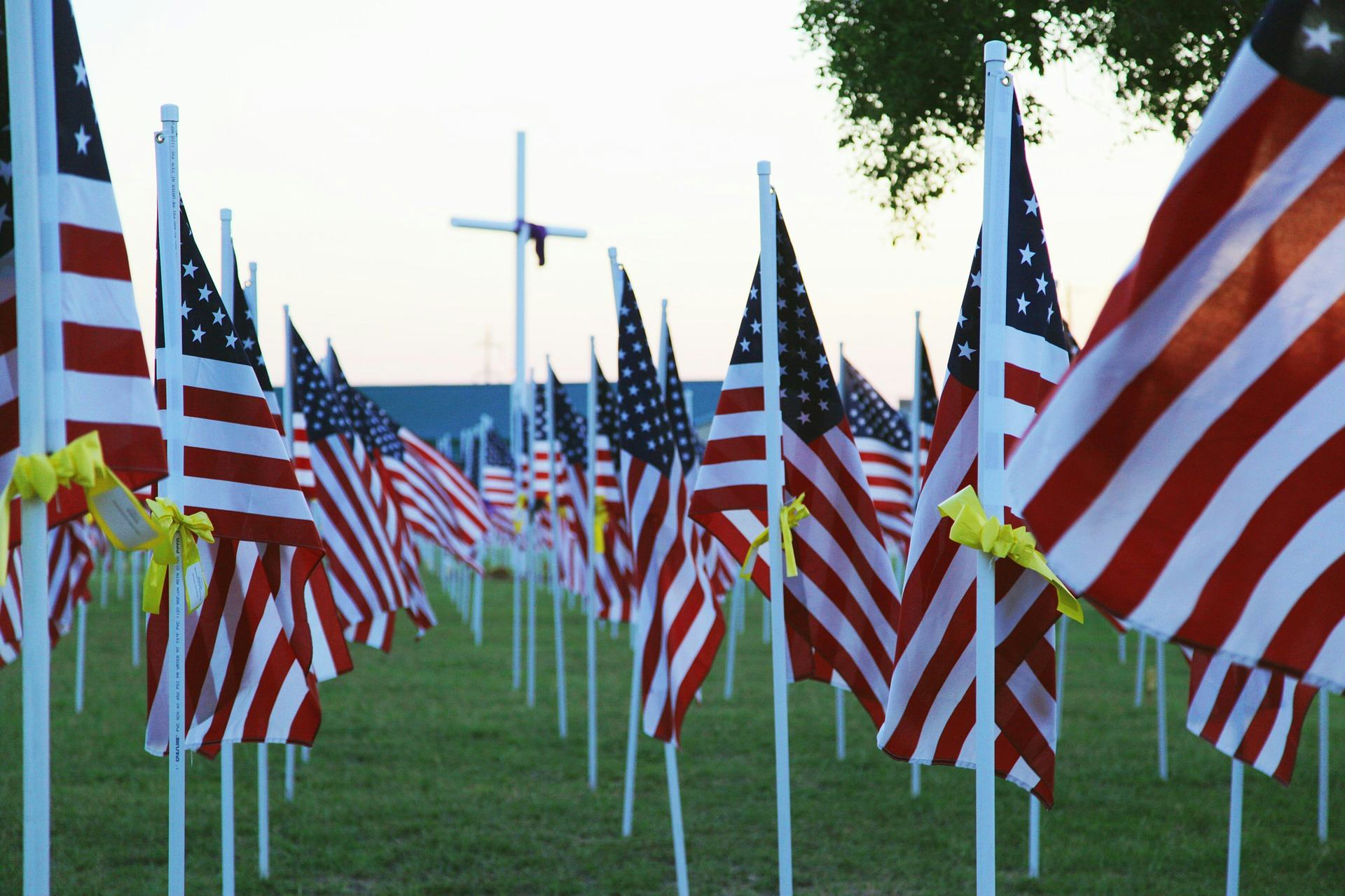

Together they made Memorial Day a reality. While residing in Waterloo, he became the power and influence behind Waterloo’s first Memorial Day celebration. He was elected clerk of Seneca County and moved to Waterloo to assume office. When he returned home in 1866, he was a brigadier general. In 1862, he entered the war as a captain and commanded the 148th Regiment of New York State Volunteers. Before the Civil War, he became a successful lawyer and politician. Five years after his marriage to Angelina Savage, he moved with his wife and two children to Seneca Falls, Seneca County, NY. In his early years, he studied law and taught in a rural shool in Seneca County. His parents brought him to Scipio, Cayuga County, NY in 1831. John Boyce Murray was born in Arlington, Vermont on August 13, 1822.

His obituary in the Geneva Times, one of few death notices in the papers in this time period, was statement of his importance in the community. Welles died in July, 1868, but had lived long enough to see Memorial Day nationally proclaimed by General John Logan of the G.A.R. The Centennial Committee, formed in Waterloo for the 100th observance in 1966, found the newspapers of the time gave Henry credit for suggesting the first Memorial Day. While it was widely known at the time that Henry Welles was largely responsible for the first Memorial Day, the more prominent General Murray overshadowed him in gaining recognition outside the village. The two men and a group formed of local citizens gained the support of the village, and on May 5, 1866, the first complete observance of Memorial Day took place in Waterloo, NY. The next year, he repeated his suggestion to General John B. At a social gathering, Henry suggested that a day should be set aside to honor the dead of the Civil War. While Henry was well known at the time, he would probably be forgotten today by all but descendants except for a comment that he made to townspeople in the summer of 1865. He became a prominent druggist in Waterloo and was elected to village offices as well as being a member of church and fraternal groups. Henry married in the 1850’s and the couple had three children, all of whom died in chidhood.

Little else is known about his early life. His mother brought the family to live with relatives in Waterloo, Seneca County, NY sometime after 1825. Henry Carter Welles was born in Glastonbury, CT on May 13, 1821. This reads in part as follows: “Resolved that the Congress of the United States, in recognition of the patriotic tradition set in motion one hundred years ago in the Village of Waterloo, NY, does hereby officially recognize Waterloo, New York as the birthplace of Memorial Day…” Henry C. This was followed by recognition from Congress of the United States when the House of Representatives and the Senate unanimously passed House Concurrent Resolution 587 on May 17th and May 19th, 1966 respectively. On March 7, 1966, the State of New York recognized Waterloo by a proclamation signed by Governor Nelson A. Waterloo held the first formal, village wide, annual observance of a day dedicated to honoring the war dead. In 1868, Waterloo joined with other communities in holding their observance on May 30th, in accordance with General Logan’s orders. One year later, on May 5, 1867, the ceremonies were repeated. There impressive ceremonies were held and soldiers’ graves decorated. Veterans, civic societies and residents, led by General Murray, marched to the strains of martial music to the three village cemeteries. On May 5, 1866, the Village was decorated with flags at half mast, draped with evergreens and mourning black. Plans were developed for a more complete celebration by a local citizens’ committee headed by Welles and Murray. Murray, a civil war hero and intensely patriotic, supported the idea wholeheartedly and marshalled veterans’ support. Nothing resulted from this suggestion until he advanced the idea again the following spring to General John B.

Welles, mentioned to some of his friends at a social gathering that while praising the living veterans of the Civil War it would be well to remember the patriotic dead by placing flowers on their graves. The story of Memorial Day begins in the summer of 1865, when a prominent local druggist, Henry C.


 0 kommentar(er)
0 kommentar(er)
